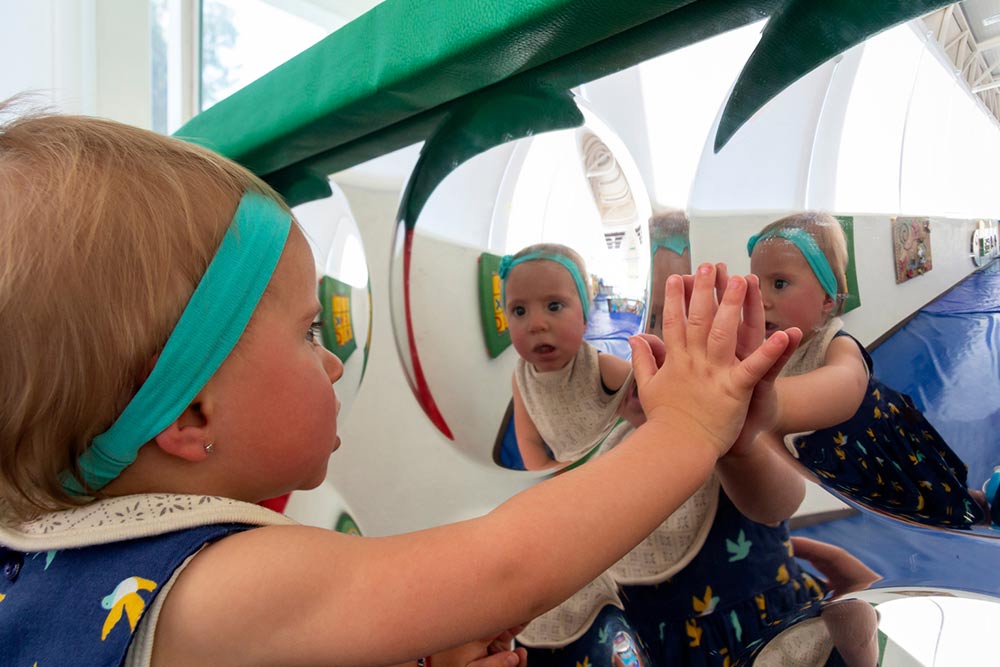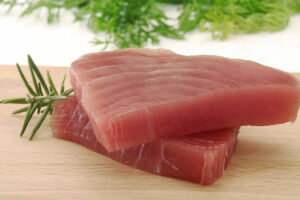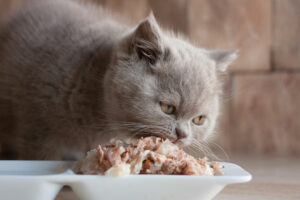9 mistakes employers make with childcare programs

In today’s fast-paced world, companies with great employee childcare benefits have a competitive advantage. Prospective employees who prioritize family life appreciate this offer and consider it an asset when deciding to work for an organization. While some partnerships can bring these programs into effect, most have similar structures and fail to consider the diverse requirements of different groups. Therefore, employers must consider the needs of their employees and avoid the following mistakes when implementing this program.
Not considering balance
Work-life balance is important for every employee. Even more so for parents. Employers must think of childcare programs as a part of this broader goal instead of considering them an additional or isolated benefit. Integrating such programs along with other initiatives that help employees work towards this goal fosters a better environment. It brings to the table a holistic approach that employers have put in place as a commitment to employee well-being.
Unclear objectives
One of the fundamental mistakes employers make when working on childcare benefits is not starting with clear objectives. Crafting programs based on such an undefined purpose can lack focus. It can then result in unnecessary expenses and inefficiencies. To avoid this, always start with specific goals on the table. Whether attracting the top industry talent or improving the employee retention rate, starting with a strategy is always the best idea.
Limited flexibility
Is it really better to have childcare benefits when the programs offer no flexibility? Employers need to think about adding flexible options like partnerships with external childcare providers, on-site facilities, and other accommodating needs to diverse employees. These offerings help enhance the benefits and appeal of the program.
Lack of proper communication
Another mistake with a childcare program is not communicating enough about the program. Having a great program is of no use if the employees are unaware of its existence. Employers need to work on communicating the benefits and details of such programs to prevent underutilization of such offerings. It is important to put in the effort to develop communication strategies to ensure understanding and widespread awareness about the program.
Inadequate budgeting
Irrespective of how great a program is strategically, it needs good funding to keep up with the good work. Employers often end up underestimating the financial commitment a childcare program would require. This error in judgment can lead to cutbacks in program quality and negatively impact its effectiveness. Businesses should establish committees that would help with the accounting of operational costs, budget assessments, realistic employee subsidies, and the potential program expansion plan.
Insufficient leaves
Having a childcare support program offered by the company does not mean the parents can leave it all up to these offerings. Parental leave is still a necessity, and companies need to consider it when designing programs. Skipping over robust parental leave policies when introducing these programs can negate some benefits. Some of these policies need to be focused on extended parental leave options, especially for new parents. Also, employers should consider introducing phased return-to-work policies to encourage work-life balance for new parents.
Limited educational resources
Childcare is not limited to the physical care of the child. More is required to meet a child’s needs. This might also encompass educational resources. When employers ignore this need, they leave a huge gap between the program offerings and the needs of the parents. This gap needs to be bridged with the help of educational material, parenting workshops, and other informational resources that help them with information on child development. A lack of these things can limit the holistic approach a well-designed childcare support program could potentially offer employees.
Insufficient assessment
Another employer mistake that is fairly common and needs to be avoided is the failure to conduct an assessment of employer needs. Every workforce might have different childcare needs, and most present programs work on the same basis. This might not be prudent for the company’s employees. The programs must be designed so that the employees can access them and reap the benefits. The one-size-fits-all approach might cost the organization more than it bargained for. Conducting regular surveys and focus group discussions can further help the company polish its offerings and finetune the program details.
Not considering feedback
When a program has been designed for employees, it is important to take their feedback about such initiatives into consideration. Employee input is a valuable asset. However, numerous employers tend to overlook this asset in favor of their crafted strategies. Failure to take employee feedback into consideration and employ it can result in a program that misses the mark.



